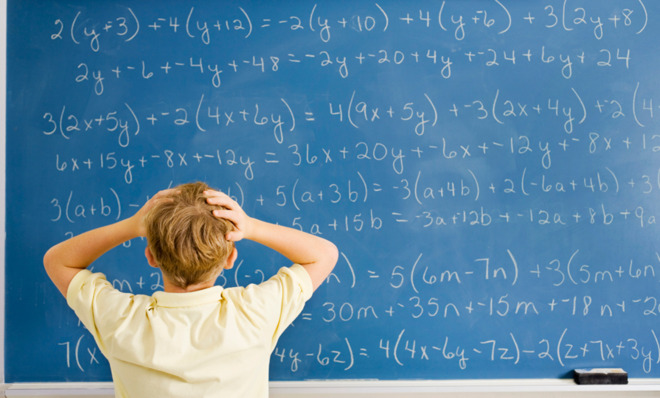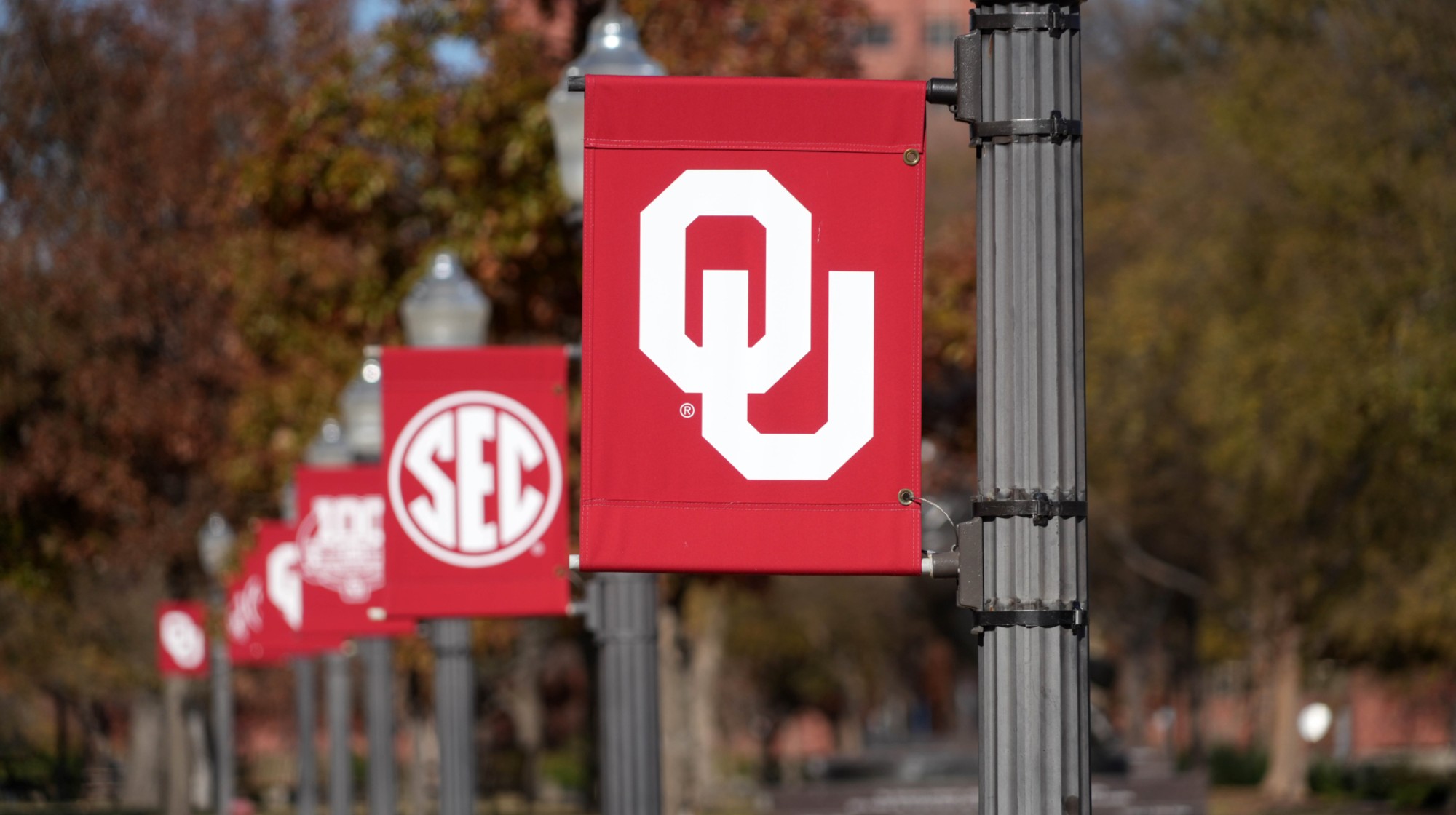Why Common Core may not fix our kids' problems with math
The problems in the U.S. education system run deep

Apparently, if there is one thing Americans are worse at than managing our weight, it’s doing math. The Program of International Student Assessment (PISA) this week released the performances of 15-year-old students from 65 countries. And as usual, U.S. teens did remarkably meh.
The average American score in the math section was 481. That's lower than the Organization of Economic Cooperation and Development (OECD) average, leaving the U.S. 26th out of 34 OECD countries. As the cherry on top of this poor performance sundae, one in four U.S. students did not score in the baseline range of mathematical proficiency.
Americans did achieve average scores for the science and reading literacy sections, but even this is a little disappointing considering how much our government spends on education. While the U.S. spends $115,000 a student, the similarly performing Slovak Republic shells out about $53,000. Clearly, throwing money at the problem hasn't worked out for us.
The Week
Escape your echo chamber. Get the facts behind the news, plus analysis from multiple perspectives.

Sign up for The Week's Free Newsletters
From our morning news briefing to a weekly Good News Newsletter, get the best of The Week delivered directly to your inbox.
From our morning news briefing to a weekly Good News Newsletter, get the best of The Week delivered directly to your inbox.
Secretary of Education Arne Duncan called the PISA results a "picture of educational stagnation" in a press release. Unsurprisingly, he used the scores as a justification for pushing Common Core, a set of standards to increase educational rigor, focus on conceptual thinking rather than memorization, and utilize international benchmarks.
He added, "The new Common Core academic standards in math and reading could go a long way to pulling up the nation’s PISA scores, according to the OECD."
But is Common Core really the key to raising those weak-sauce math scores? Maybe not.
In fact, Common Core could be considered part of the problem. OECD countries that give teachers greater control and leadership in the classroom outperform educational systems. But under Common Core, notes Dana Goldstein at Slate, "administrators and policy-makers exert more top-down control over the classroom, through scripted lessons or teacher evaluation systems."
A free daily email with the biggest news stories of the day – and the best features from TheWeek.com
Moreover, there are social and economic factors at play that are seemingly unconnected to our education system, but they contribute to these mediocre PISA scores.
For one, that widening gap between rich and poor rears its ugly head in PISA scores. "Fifteen percent of the American score variation is explained by socio-economic differences between students." Julia Ryan at The Atlantic explains. "Less than 10 percent of score variation in Finland, Hong Kong, Japan, and Norway is due to socio-economic differences."
Some commentators argue that we shouldn't get too obsessed with PISA-like standards. "Higher scores and higher incomes go together, but we can’t say why," writes Peter Coy at BusinessWeek. "It might be that countries with higher incomes can afford to lavish more spending on math and education in other subjects. Or it could be countries with strong educational systems have more productive work forces. Or a little of both. Or neither."
But while PISA scores may not make or break the U.S.'s future, the results are disheartening considering how much we profess to value — and certainly spend on — our children’s education.
Emily Shire is chief researcher for The Week magazine. She has written about pop culture, religion, and women and gender issues at publications including Slate, The Forward, and Jewcy.


